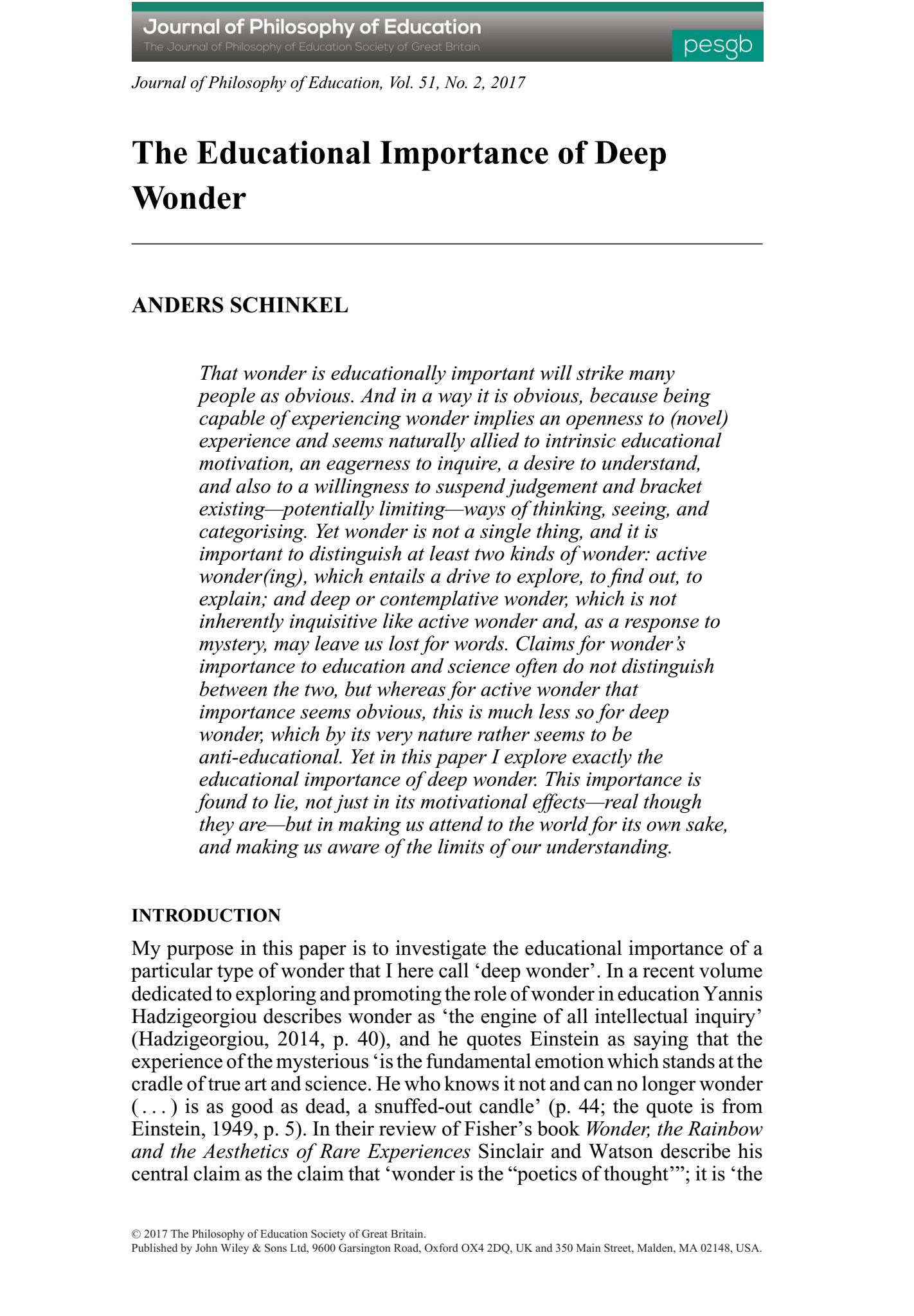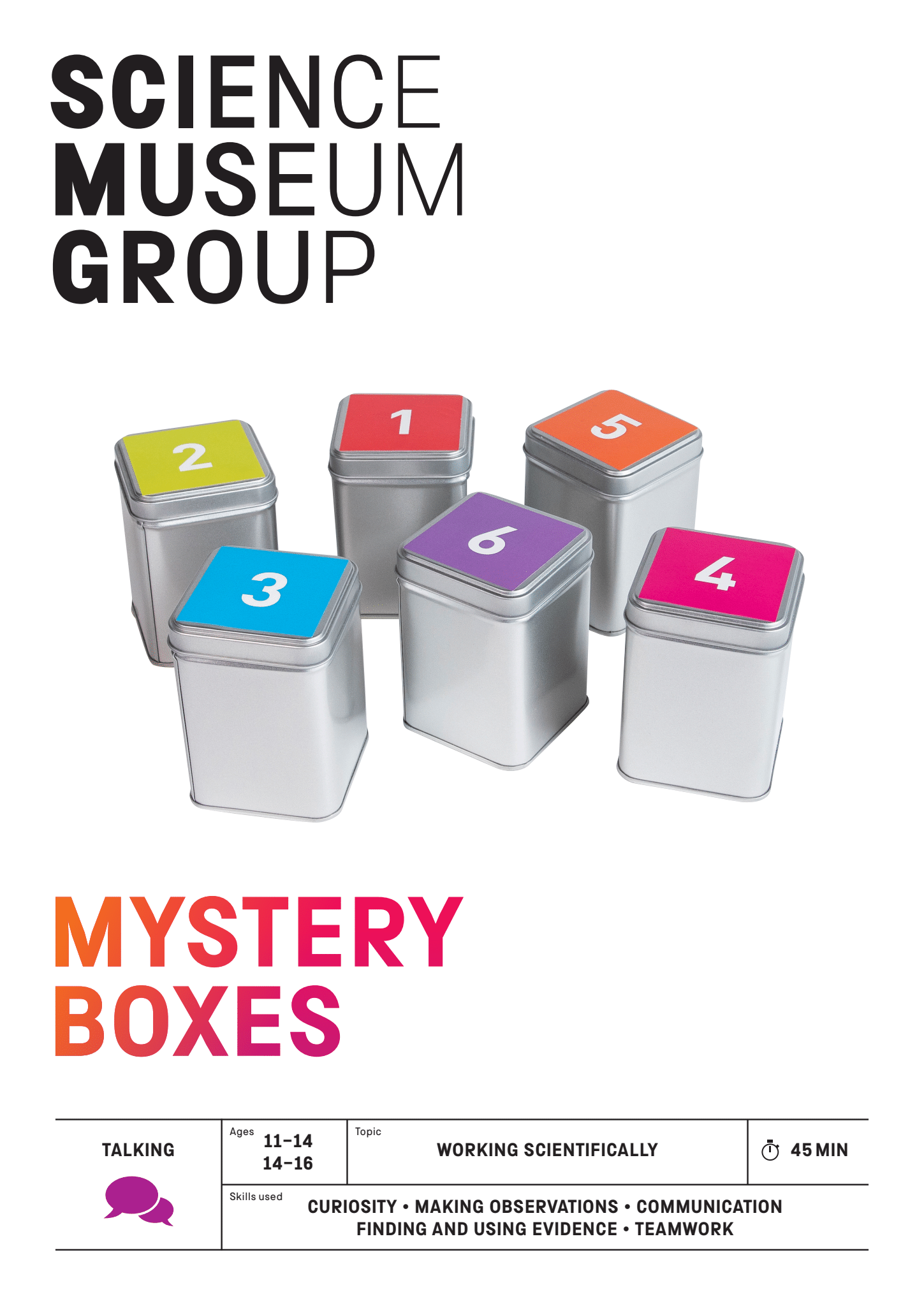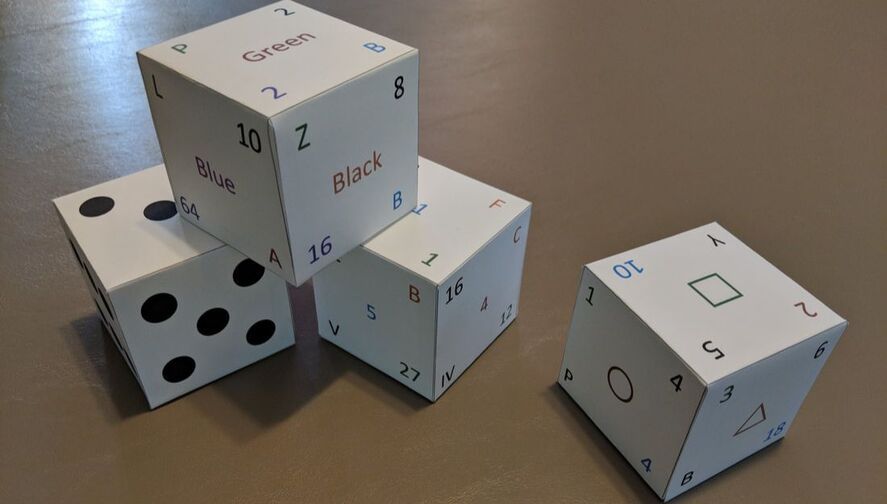Mystery Boxes & Methods of science.…
What is dark energy?
What is dark matter?
Why is there an arrow of time?
Are there parallel universes?
Why is there more matter than antimatter?
How do measurements collapse quantum wavefunctions?
Why does Relativity not play nice with quantum physics?
Do the universe’s forces merge into one?
What happens inside a black hole?
Comment
The file may have been moved or deleted, or is temporarily unavailable.
Oil drop charge–historical reports
https://jrowing.com/published-value-of-the-charge-on-the-electron-plotted-over-time
In a study of physics graduates in the workplace, the AIP found that problem solving was consistently rated as the most important skill learned in their undergraduate years.
R. Czujko, “The Physics Bachelors as a Passport to the Workplace:Recent Research Results,” AIP Conf. Proc. 399, 213-223 (1997).
Comment
Comment
Key skills
Comment
Image result for inference
Comment
Image result for argumentation
It is necessary not only to collect data, but also to make and test inferences and convince other scientists that your interpretation is correct.
A lack of scientific thinking leads to academic errors.
Examples:
Comment
Image result for chess board color illusion
Comment
Comment
Comment
Comment
Image result for geographic north and magnetic north
The file may have been moved or deleted, or is temporarily unavailable.
Image result for earth north pole magnetic south pole
Task 1 - What’s in the Box!
Come up with a team name
(Agree or use role cards)
Comment
Second Solvay Conference on Physics, Brussels, 1913
F. Hasenöhrl, J. Verschaffelt, J. Jeans, W. Bragg, M. von Laue, H. Rubens, M. Curie, R. Goldschmidt, A. Sommerfeld, E. Herzen, A. Einstein, F. Lindemann, M. de Broglie, W. J. Pope, E. Grüneisen, M. Knudsen, G. Hostelet, P. Langevin
W. Nernst, E. Rutherford, W. Wien, J. J. Thomson, E. Warburg, H. Lorentz, M. L. Brillouin, W. Barlow, H. Kamerlingh Onnes, R. Wood, G. Gouy , P. Weiss
Source: http://www.solvayinstitutes.be/Conseils%20Solvay/Physics%20Pictures.html
Author: Photograph owned by Institut International de Physique Solvay, Brussels, Belgium
General Science:
What’s in the box?
Test out the best ideas using a set of empty boxes (like scientific modelling).
Research examples where scientific or engineering ideas have been revised over time, eg the structure of the atom.
Look at examples of science news stories in the media. Review what information is presented as scientific ‘fact’ and what evidence is given to back up the story.
Collect and display Mystery Boxes ‘best ideas’ from lots of groups, across your organisation, and see how often similar ideas about what’s in the boxes come up.
Talk to friends, family and people in your local community about the skills that they use in their work and everyday life.
Use what you discover to reflect on the relevance of skills to STEM-related work and to other jobs and activities.
18254_MysteryBoxes_Online_V3_FINAL_AW•PDF document
Mechanics:
Levitating Cans
Electricity:
The Black Box! - A Golden Oldie–A Black Box Circuit.
Keller, Clifton; Wang, Yimin
Physics Teacher, v32 n4 p222-23 Apr 1994
Comment
The file may have been moved or deleted, or is temporarily unavailable.
Example circuits
Comment
Comment
A radioactivity example:
Comment
Comment
Why the dice rolling model is wrong: (http://iopscience.iop.org/0031-9120/47/2/197)
Comment
https://jrowing.com/radioactive-decay-modelling
# some library objects we need
from numpy.random import binomial, seed
from numpy import zeros, arange
from matplotlib import pyplot as plt
# initial population
P0 = 80
# number of rolls per experiment
n_rolls = 50
# number of experiments
n_exp = 1
# probability that any given die will “decay” on a given roll
p = 1/6
# location to track average dice remaining for each roll number
pop_avg = zeros(n_rolls+1)
# “seed” the random number generator
# (This makes the results look different
# each time the code is run.)
seed()
# loop over experiments
for n in range(n_exp):
# reset the dice population
P = P0
# roll the dice
for k in range(1,n_rolls+1):
# figure out how many dice decay this time
r = binomial(P,p)
# remove the dice
P -= r
# update the average
pop_avg[k] += P
# final division to compute the averages
pop_avg /= n_exp
# we always started with P0
pop_avg[0] = P0
# compute the model predictions
model = (1.0-p)**arange(n_rolls+1.0)*P0
pl1 = list_plot(pop_avg,plotjoined=True,marker=‘+’,legend_label=‘Model results’,axes_labels=[‘roll #‘, ‘# dice’])
pl2 = list_plot(model,plotjoined=True,linestyle=‘–’,color=‘red’,marker=‘x’,legend_label=‘Theoretical curve’)
show(pl1+pl2)
Full circle:
A Laboratory Exercise in Fundamental Units
Discussion: This activity is analogous to the Millikan Oil drop experiment. The Millikan Experiment and the Standard Model both require that students recognize that charge and matter are observed in discrete units.
Purpose: To find the smallest common mass in a set of tins.
Procedure: You will be given a number of tins. Do not open the tins! Measure the mass of each envelope to the nearest 0.1 gram and record the mass on this sheet and on the board in front of the class. Also record the masses of all the other envelopes from your class.
Analysis: List all the envelope masses in ascending order. Envelope #1 will be the lightest. From this list construct a bar graph of envelope mass (vertical axis) as a function of envelope # (horizontal axis) on a separate piece of paper.
Questions:
1. What do you notice about the envelope masses on the finished graph?
List the “average” mass for each of the envelope “types.”
3. What is the mass difference between the successive averages found in question 2?
4. What does this difference represent? Explain.
Useful Resources
Inquiry Cubes challenge for pattern finding and team building in a science or math classroom
passionatelycurioussci.weebly.com
Inquiry Cubes • passionatelycurioussci.weebly.com
Comment
Learning & Teaching Scientific Inquiry: Research and Applications
P.S. For anyone viewing this after the session. If you have any Questions my email address is joe@jrowing.com



